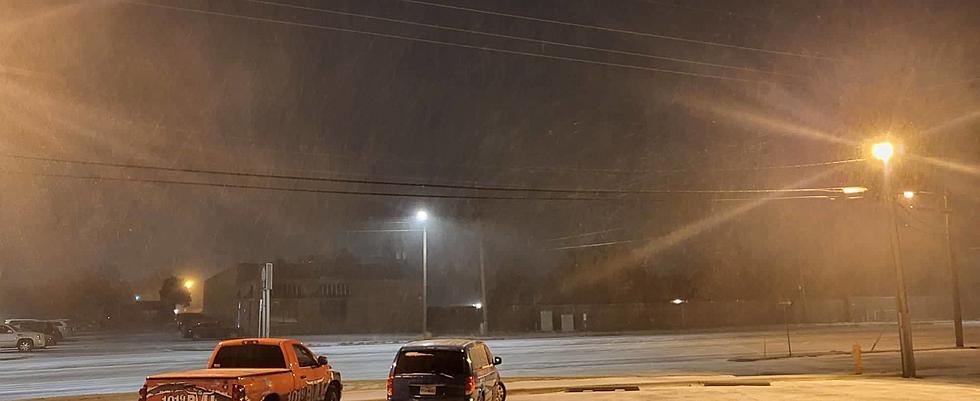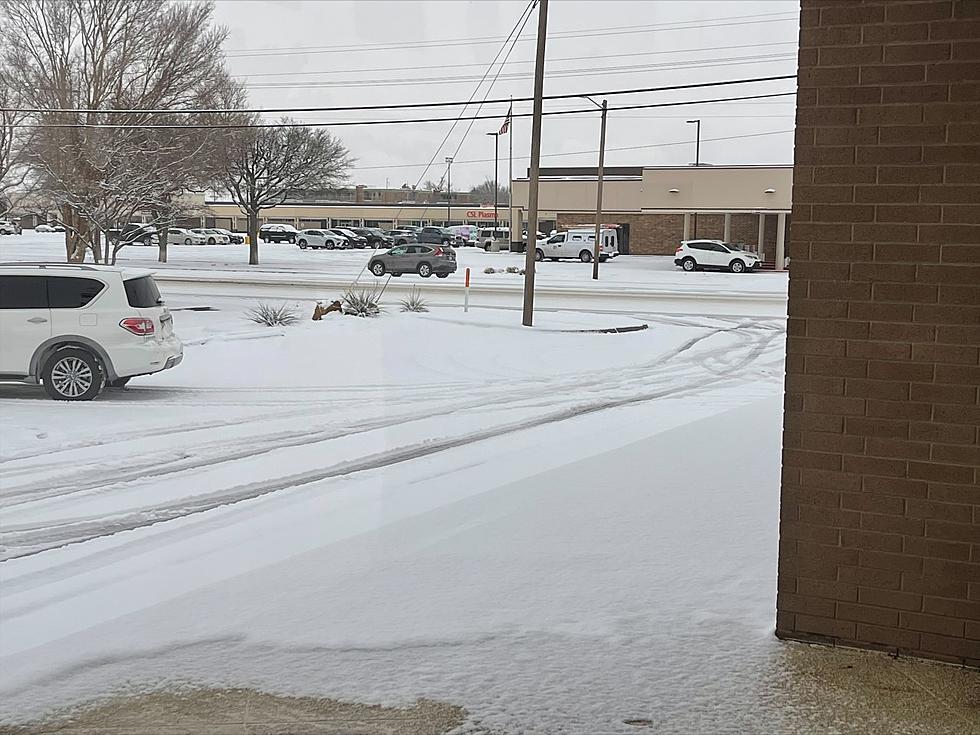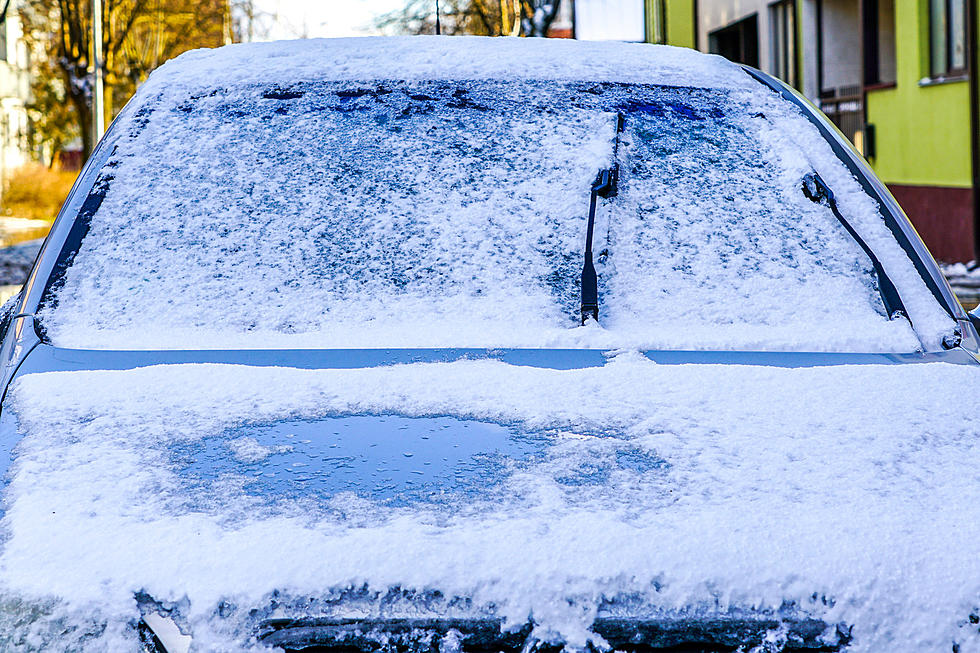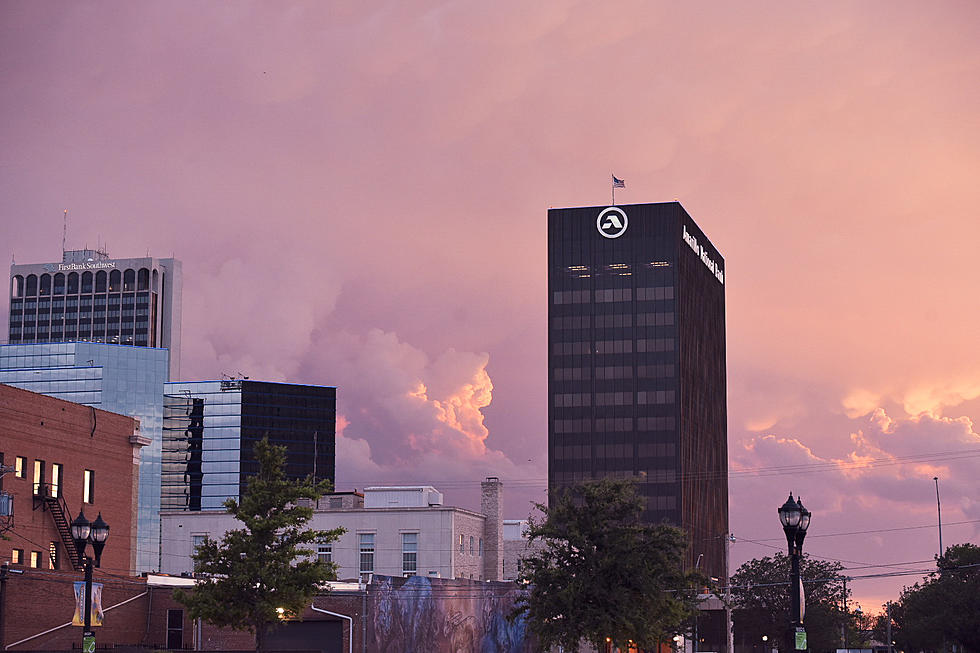
Where News Media Gets Its Customers Wrong
This isn't a post about politics. An old newsroom debate still rages. Do we give people what they want or what they should know? The latter presumes those of us in media are imbued with special knowledge (apparently God likes us more than He likes you!).
This weekend I’m reminded traditional news media struggles with the cultural and technological changes of the 21st Century and, yet. We struggle also to understand listeners, viewers and readers. A conversation this weekend with my sister sheds some light.
Getting an accurate count outside of the larger cities isn’t easily done.
She lives in a part of the country where snow is generally measured in feet instead of inches. This weekend a storm rumbled through (not uncommon) and dumped anywhere from one foot to almost two feet of snow in some places. Getting an accurate count outside of the larger cities isn’t easily done. Only a few years ago I can remember television stations posting the area totals. It doesn’t seem quite as common anymore. It’s even more difficult to find the figures online. I’ve done searches using multiple terms and phrases and it’s usually a waste of my time.
All of this is taking place as the number of weather observers in even the most rural communities has expanded. Why does this matter? In the newsroom we may accurately argue driving in 20 inches of snow is much the same as driving in 23 inches of snow. I’m not going to dispute the point but we miss something larger. People want to know the snow depth where they live. I’ve worked with focus groups and read surveys. It’s important for news and information consumers. Even if it’s just for bragging rights. When a cousin in Florida gives you some grief because he doesn’t have to shovel, you can share how tough you are because you cleared 15 inches of snow from a sidewalk 40 feet long. You can tell your cousin the real men didn’t move south.
In media we’re often too busy instead offering instructions on remedial life. Ice is slippery. Wear clothes when you go outside. Drink plenty of fluids. What are we, radiators and windshield wipers?
Chrysler was the leader for decades in the production of mini-vans. Then along came a year when Honda’s Odyssey had a sales surge. Engineers at Honda asked who was most likely to purchase the product. People with kids was the answer. People with younger children. The youngsters often have drinking cups. Honda loaded its version of the van with cups. The result was the sales spike. The engineers did still focus on safety. The proliferation of cup holders didn’t make the Odyssey a death wagon.
You get my analogy? Reporters don’t have to sacrifice the news they believe people need to know and newsrooms still can give them something they want. It’s called a competitive advantage and can keep the lights on at the news desk.
Oh, and one other point for your local weather forecaster. Regular people say "five below zero". "Negative five," is for math class.
More From NewsTalk 940 AM









